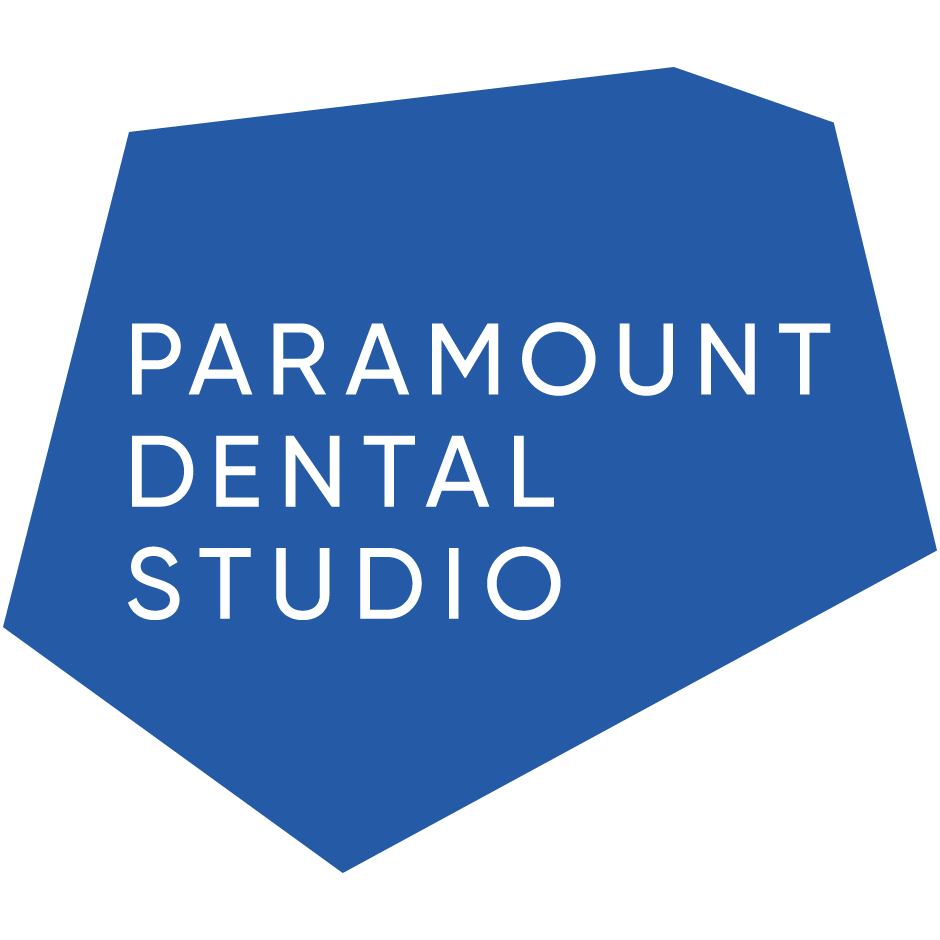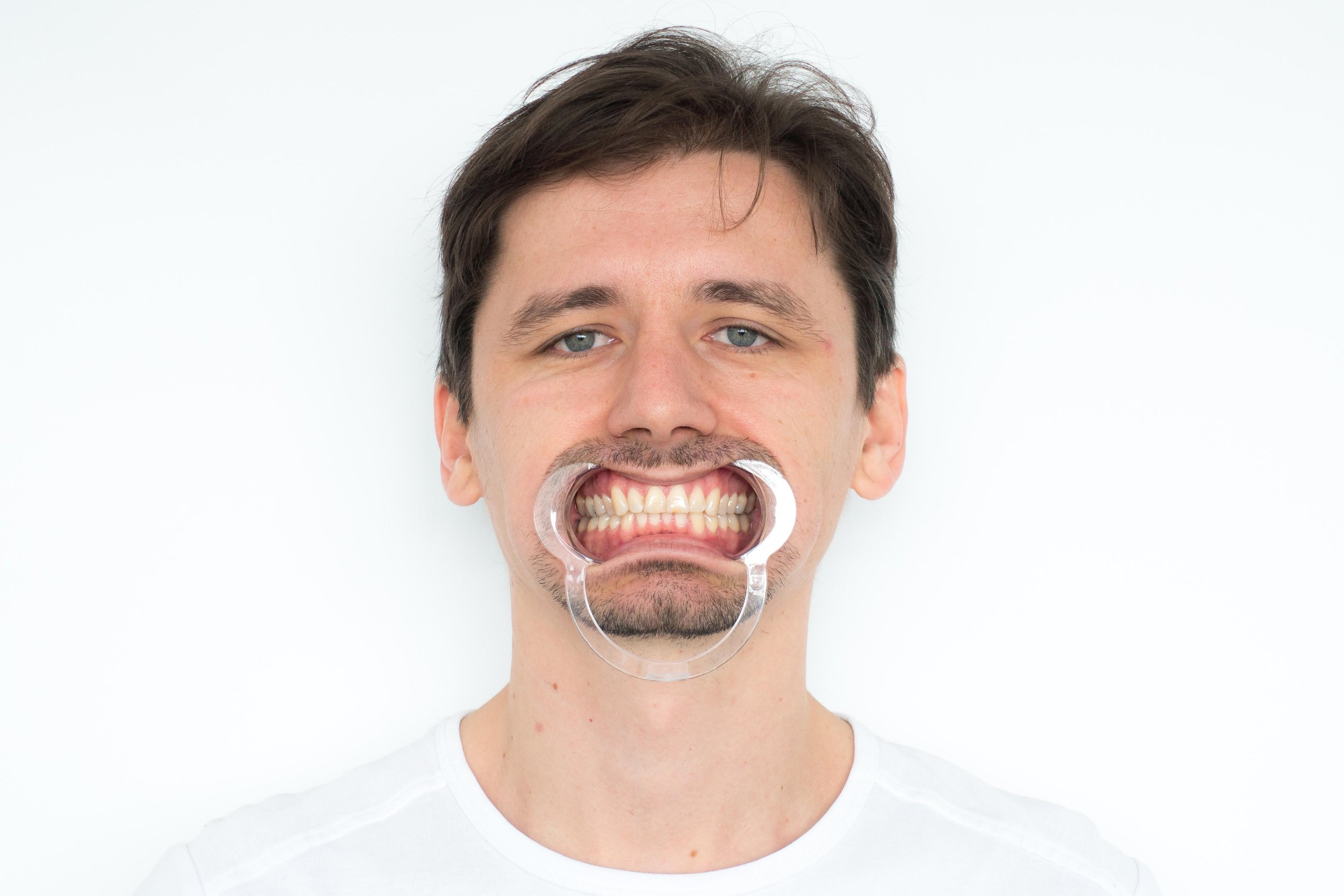The Importance of Smile Design
Happier patients. More case acceptance. Better results.
Want to give your patients that wow factor every time? Try using Smile Design, the method to test how a patient’s new smile will look with a digital image and a physical try-in.
Doctors have reported the myriad ways Smile Design has improved the restoration process, with more case acceptance and higher patient satisfaction.
The benefits of Smile Design include:
Increased case acceptance and patient satisfaction
More predictable results
A smile that perfectly fits the patient
Better communication
Greater control
The chance to try alternatives
Increased Case Acceptance and Patient Satisfaction: Sometimes, patients don’t know what they want until they see it. The Smile Design process gives them an opportunity to try their new smile at a low cost and without pain before undergoing irreversible procedures. Once they see the expected improvement, they’re more likely to move forward. Doctors say their patients are ecstatic and delighted with the results, in part because there were no surprises and they okayed every part of the process.
More Predictable Results: Patients have a clearer sense of what their new smile will look like by trying it on first. They feel more involved in and educated about the restoration process, which increases their happiness while also likely reducing the potential for medico-legal issues.
A Smile that Perfectly Fits the Patient: Designers craft the most harmonious, custom smiles for patients using their facial midlines, lip line, dental midline, face shape, skin tone, symmetry, and other factors.
Better Communication: The Smile Design process gives doctors and patients the chance to really talk through the restoration plans and what the patient is looking for with their new smile. By showing how the final results will look, doctors can address any patient concerns. The process also streamlines communication between doctors, patients, and the dental lab.
Greater Control: Patients and doctors can see how the aesthetics of their new smile look and doctors can check for function, such as occlusion and speech, before the change is permanent. If there’s any issue, doctors can easily adjust the design, ensuring the patient receives the most beautiful smile for them. And when it comes time to prep teeth, a reduction guide makes the process easy!
The Chance To Try Alternatives: Doctors can test out smile variations as they determine the best course of action for their patient.
See Smile Design in action with this Paramount case study.
The Smile Design Process
Take at least 2 pictures of your patient from the middle of their neck to the top of their head. Please make sure the photos show the patients’ pupil line so we can line up the angle of the face properly:
a) one photo with a normal smile
b) one photo with a retracted smile
2. Scan or take a physical impression of the unprepped teeth. Email admin@paramountdentalstudio.com with the pictures of the patient’s smile.
3. We then craft the perfect smile, taking into account the patient’s facial features: interpupillary line, midline, occlusal plane, tooth characterization, gingival contour, and more.
4. We create a 3D digital design, superimposed on the patient’s photo to show the expected final result.
5.Once you approve the design, we print a model and create a putty matrix. You’ll create a try-in from the putty-matrix and the patient can try their new smile over their existing teeth. With increased confidence and predictability, the patient is much more likely to accept the case. (Note: the try-in only works if the patient’s existing teeth are smaller than the designed improvements).
6. Patient accepts treatment! Use reduction guide stent to prep
7. Final restorations
Citations:
Snow, S. Strategies for successful esthetic dental treatment. (2007) Journal of the California Dental Association. https://pubmed.ncbi.nlm.nih.gov/17915590/
Biggers, B. The Art of Smile Design. (2019) Aesthetic Dentistry Magazine. https://adentmag.com/the-art-of-smile-design/
Bhuvaneswaran, M. Principles of smile design. (2010) Journal of Conservative Dentistry, 13(4), 225.https://www.ncbi.nlm.nih.gov/pmc/articles/PMC3010027/
Silber, D. Increasing patient acceptance of Smile Makeovers with minimally invasive veneers. (2007). Dental Economics. https://www.dentaleconomics.com/science-tech/cosmetic-dentistry-and-whitening/article/16392038/increasing-patient-acceptance-of-smile-makeovers-with-minimally-invasive-veneers
Jafri, Z., Ahmad, N., Sawai, M., Sultan, N., & Bhardwaj, A. Digital Smile Design-an innovative tool in aesthetic dentistry. (2020). Journal of Oral Biology and Craniofacial Research, 10(2), 194–198. https://doi.org/10.1016/j.jobcr.2020.04.010
Stanley, M., Paz, A.G., Miguel, I. et al. Fully digital workflow, integrating dental scan, smile design and CAD-CAM: case report. BMC Oral Health 18, 134 (2018). https://doi.org/10.1186/s12903-018-0597-0
Qureshi, T. The new age of ethical cosmetic dentistry: Implementing the concept of Progressive Smile Design. (2012) Dentistry today. https://pubmed.ncbi.nlm.nih.gov/23156635/
McArdle, B. Co-diagnosis in smile design: Involving patients in the ownership of their outcomes. 2008. Dentistry Today. https://www.dentistrytoday.com/sp-414593681/



